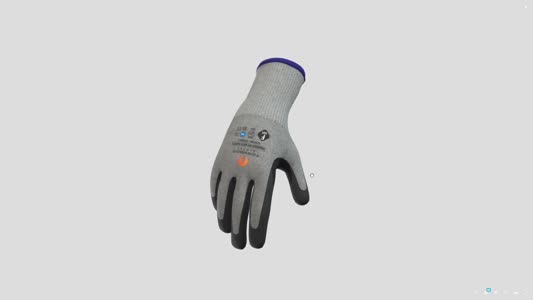
 |
Mark Sennett
Managing Editor |
 |
Kelly Rose
Editor |
| Home> | Managing Health & Safety | >Environmental Monitoring | >What’s the risk of Histoplasmosis? |
| Home> | Premises | >Risk Management | >What’s the risk of Histoplasmosis? |
What’s the risk of Histoplasmosis?
27 May 2016
There are a number of diseases that are commonly caught due to the build-up of bird droppings in public or sensitive building facilities areas.
Histoplasmosis is one such disease that is contracted through the inhalation of dried-out pigeon dropping particles.
Pigeon droppings are not just unsightly but are also a significant risk. When you consider pigeons are commonly found nesting and roosting on rooftop plant and air conditioning machinery, the risk of infection to service engineers and a buildings occupants is higher than you might initially have thought.
The symptoms of histoplasmosis will appear about 10 days after the initial infection and can cause respiratory difficulties with flu like symptoms or lung infection in rare cases. Ordinarily the symptoms are mild but can be serious.
There are a number of effective bird control methods that will remove the risk from disease such as histoplasmosis, ornithosis, campylobacterosis, and cryptococcosis. The right bird control method will depend on you facilities, building, access and budget but methods include bird netting, bird gel or a falconry deterrent programme.
You can see how a falconry deterrent solved the pigeon control problem at Peterborough City Hospital or download a risk assessment to learn more.
- A bird's eye view of safety
- Protect your premises now
- The Story of our Summer - Gulls
- Prevent bird problems
- Improving health & safety with laser and 'fire' technology
- Countdown to gull season begins
- All change at NBC Environment
- Celebrating 25 years in business
- SAFEcontractor accreditation
- The pest control taboo























